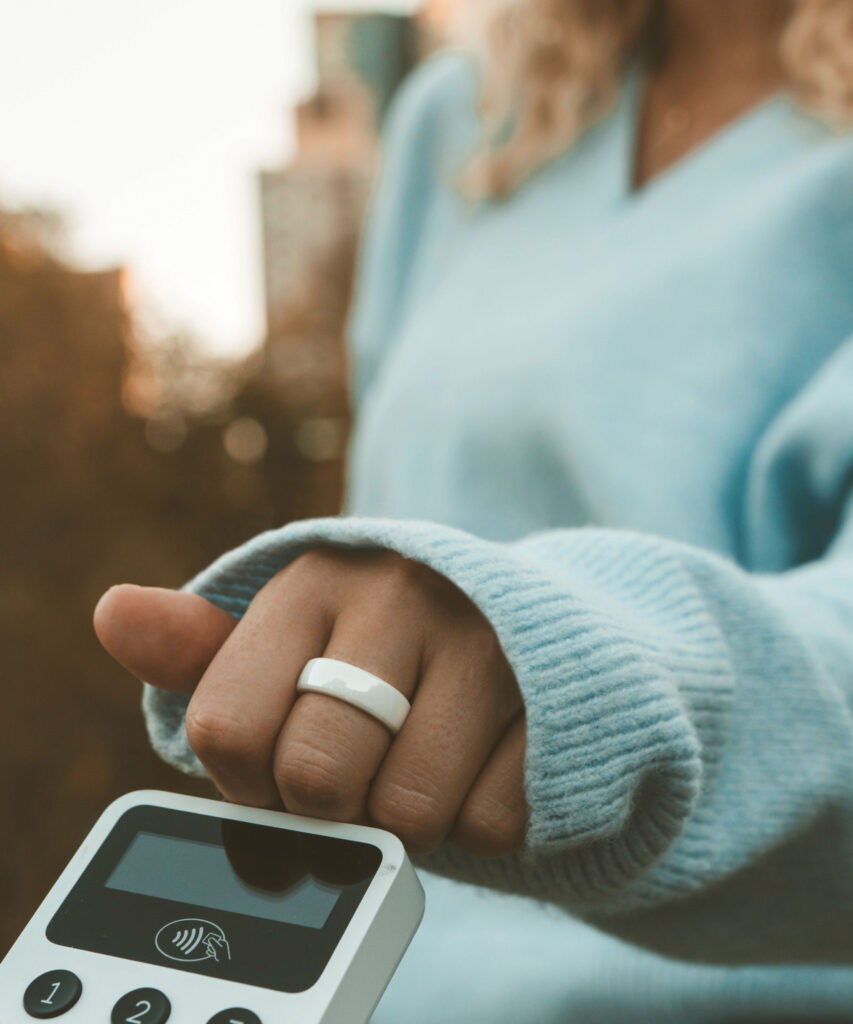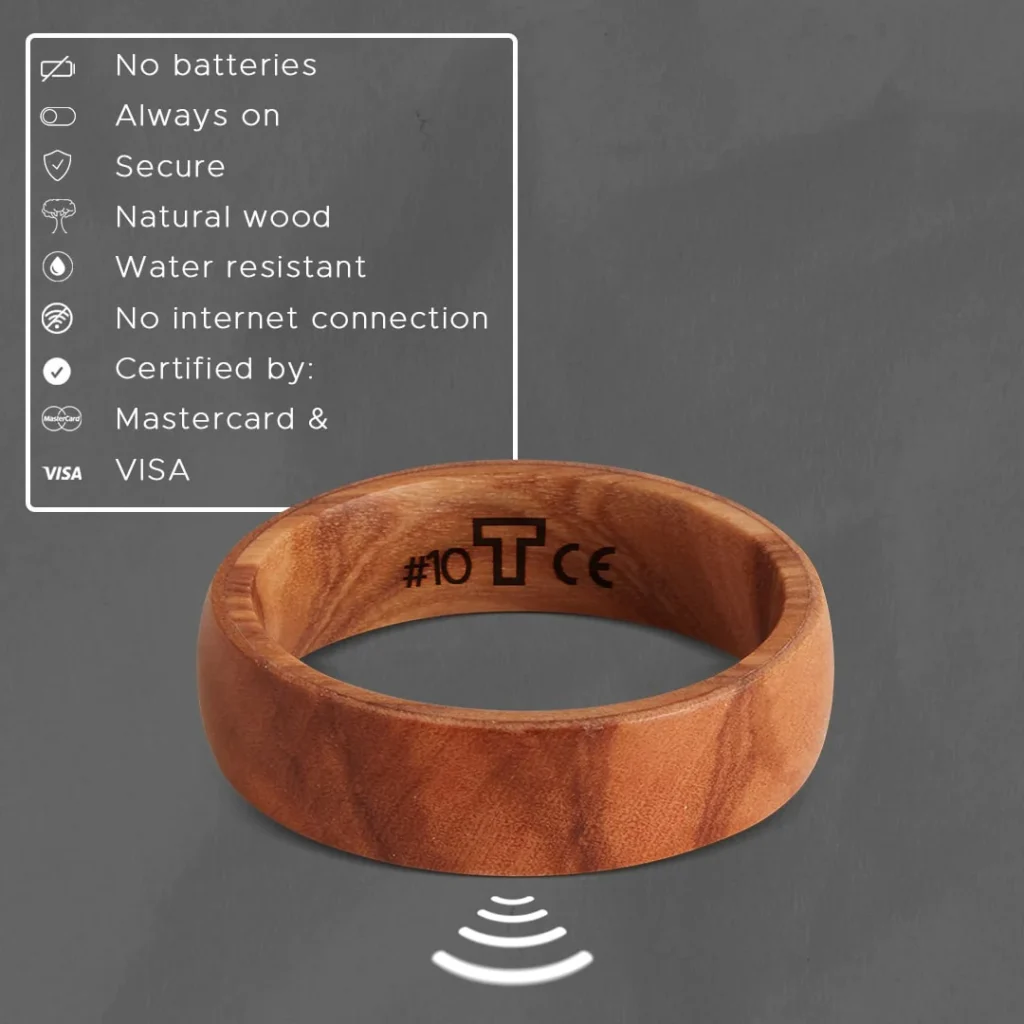Tapster ring payments with a fingernail: the future is near
Mastercard unveils two innovative technologies to pay quickly and securely
Tapster payments fingernail ring: Cash is hard to die, but with contactless payments, technology has for years been offering a range of fast and secure solutions to reduce the spread of cash and spread the habit of settling accounts digitally on a global scale. At the recent Salone dei Pagamenti 2023, staged in Milan between 22 and 24 November, other innovative services arrived to improve the payment experience, combining efficiency and security. The most extravagant is signed by Mastercard and is called Nail Pay. It consists of the possibility of making a payment by simply bringing the finger of the hand near the terminal that authorises the transaction.
Payments, fingernail and a ring
An instantaneous gesture that exploits the RFID chip to be inserted in a real or artificial fingernail makes no difference. In this way, the transaction can be completed in a few moments without carrying credit cards, wallets, or even smartphones or smartwatches. When covered by nail polish, the chip becomes invisible but remains visible to pos. The futuristic solution has no weak points, as it neither consumes power nor needs batteries, as the RFID chip harnesses the little but sufficient energy derived from the magnetic field generated by the device with which it interfaces.
As far as security is concerned, there is no risk that an unintentional approach of the finger to the terminal could result in an unexpected payment, as this still requires the purchaser to enter the pin associated with the chip.
The only limitation of the solution concerns the replacement of the chip, which has to be done periodically because nail growth over time nullifies the effectiveness of the chip. For now, Nail Pay remains only a demonstration. However, during the days of the event, several people integrated the chip into their fingernails and, after associating their credit cards, started to make payments using their fingers. It is a sign that the technology is ready, and now it is a question of defining the path to bring it to the market.



Tapster the ring
In partnership with Banca Intesa, Mastercard unveiled another wearable innovation. This is Tapster, a waterproof and shock-resistant ring that integrates an NFC chip inside, thus enabling payment by bringing the object worn on the finger close to the device, allowing the transaction to occur. The mechanism is identical to the fingernail, with the ring representing a less conspicuous alternative to the enamelled finger. Of course, the ring is available in wood or ceramic, two non-random options, because metal materials that would invalidate the NFC chip’s functionality must be excluded.
Payments fingernail ring: Unlike the enamel ring, at least as far as Mastercard has stated so far, Tapster is already on sale from December for €99 and will be supplied together with a QR code useful to the owner to activate the wearable and associate the credit card (from mid-December), authenticating via the Intesa San Paolo mobile application. However, if you want to give the ring as a gift, you can register after purchase by creating your own account on the Tapster app. On the security front, payments made with Intesa Sanpaolo wearables use MDES tokenisation technology provided by Mastercard, which guarantees the highest level of reliability. When a wearable is first set up, MDES generates a digital token, a unique number different from the card number, assigned to each registered device. This means that it cannot be used for transactions through another device.
Payments with fingernail
“The solution offers a simple and distinctive user experience, combining security and convenience in a single accessory that will immediately set trends,” explained Claudia Vassena, Executive Director of Sales and Marketing Digital Retail at Intesa Sanpaolo. “Payment rings represent a further step towards the spread of the internet of things, where even accessories that we wear and that are part of our personal style become tools that, through a single gesture, simplify our everyday life,” said Luca Fiumarella, Head of Marketing Italy at Mastercard.
While it is difficult to predict people’s reception to the new contactless payment methods, the spread of digital services will certainly facilitate the large-scale use of Nail Pay and similar solutions, moving back in time from what happened in the past with e-commerce-related credit cards.



